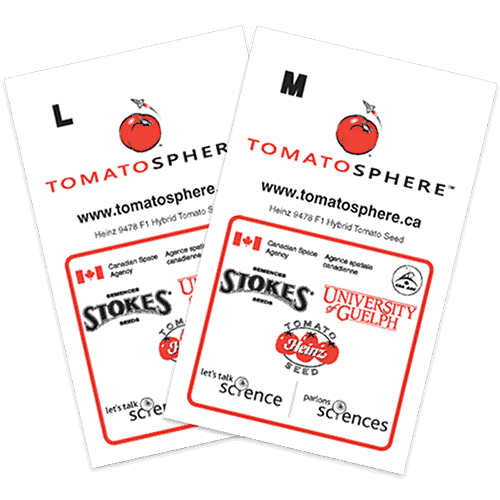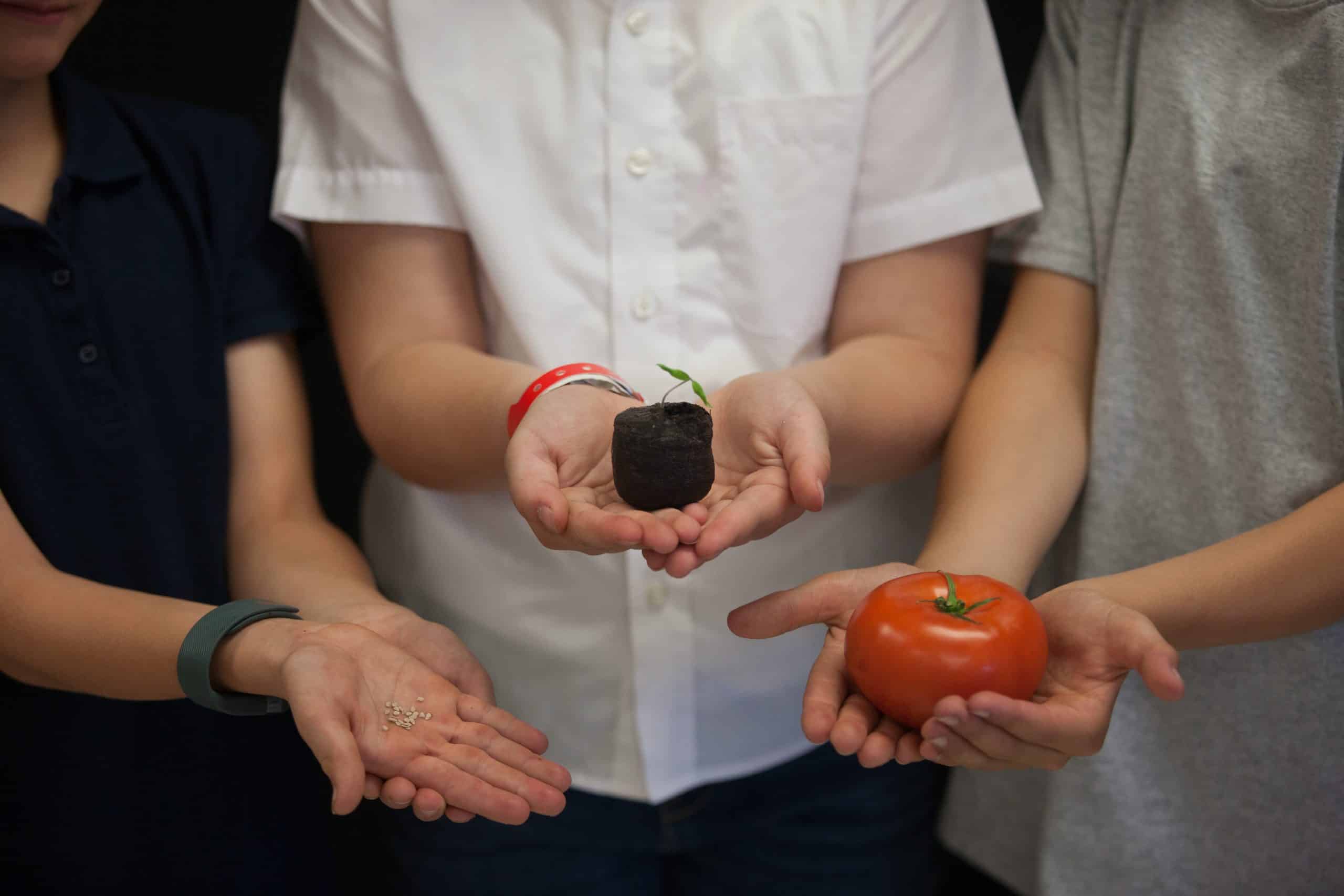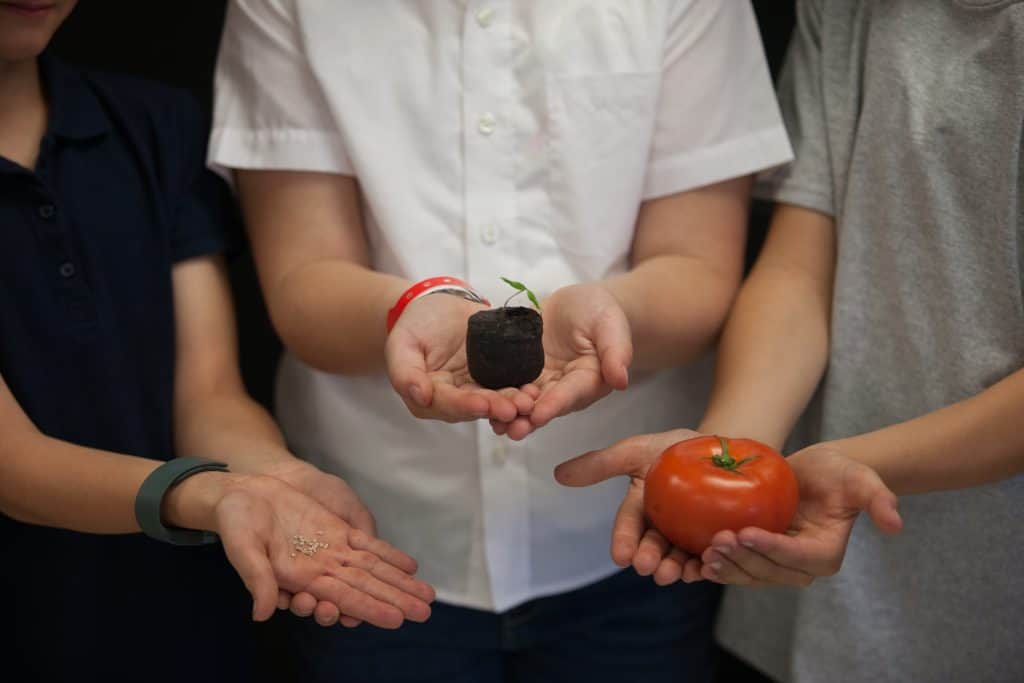By Chloe Philips
Tomatosphere is a free program that encourages students to investigate the effects of outer space on food to support human space travel. The program uses detailed experiments conducted on tomato plants. One group of seeds has been to space or treated in a simulator that represents the unique conditions of space, while a second group, considered the control group, has not been treated with anything. Students explore the differences between plant growth under stressed space conditions through various experiments available on the Tomatosphere website.
Students of all ages can benefit from these lessons and experiments, which can be tailored to meet their needs regardless of age or ability. The program also offers many educational resources, such as tutorial videos, to help students get started. Because students cannot take a field trip to outer space (at least, not yet), this program creates an opportunity to connect with our faraway galaxy in a personal, rewarding way.

To get started, use the following steps:
Step 1: Register and Order Seeds—You can order seeds at no cost and create an account through Let’s Talk Science.
Step 2: Review Materials—Let’s Talk Science offers various accessible lesson plans on their website. There are also videos to encourage engagement and further learning.
Step 3: Introduce to Students—The Tomatosphere program provides more than 20 learning strategies for educators to consider (available on their website) to introduce and monitor the experiment with their students. From prediction guides to inquiry summary strategies, there are a number of guided approaches to learning.
Step 4: Plant Seeds—If space in your learning environment is limited and you have access to a garden area, you can plant the tomatoes outdoors. Just make sure that friendly neighbourhood critters are not able to munch on the leaves or fruits as that can impact the results of the experiment.
Step 5: Observe and Record Germination Tomato growth can be tied in with STEAM practices by developing journals for students to monitor, observe, and record plant growth.
Step 6: Submit Results Online—To take your experiments to a cosmic level, take photos of the process and share them on the Tomatosphere website. A specific section on the website’s main page allows you to upload your students’ observations easily!
How cool would it be to enjoy some out-of-this-world tomatoes with your students?

Let’s Talk Science, a national, charitable organization that creates and delivers science, technology, engineering and math programs to preschool through Grade 12 classrooms, operates Tomatosphere in Canada. Let’s Talk Science education specialists create and maintain the Tomatosphere educator resources found on the Tomatosphere website and ship seeds to educators at no cost. The consortium of partners who oversee Tomatosphere include the Canadian Space Agency, HeinzSeed, Let’s Talk Science (operations in Canada), First-the-Seed Foundation (operations in the United States), Stokes Seeds, and the University of Guelph.
Watch the videos mentioned above on how to complete each part of the seed investigation, including tutorials called “Planting your Tomato Seeds” and “Completing the Seed Investigation”.


